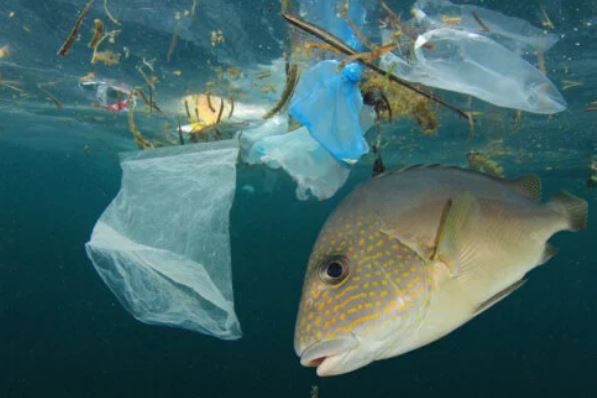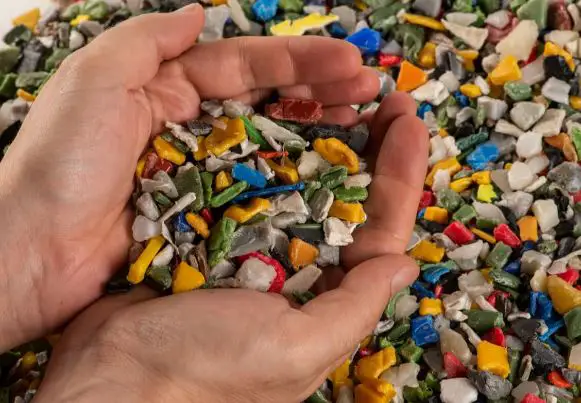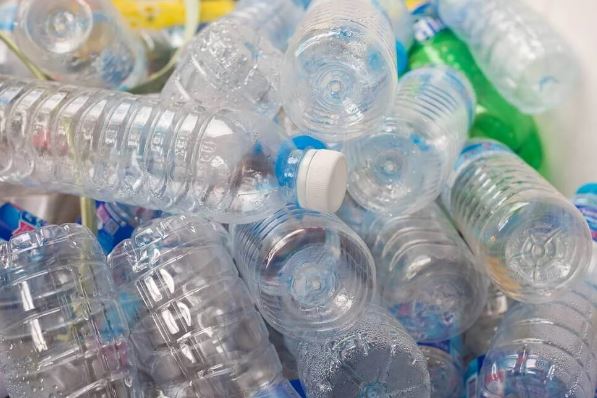Marine foods, such as sardines, others and squid have microplastics that can affect our health. This is confirmed by a study and we tell you the important details of the finding.

Microplastics are plastic debris that has been identified in samples of seafood and other materials, including on beaches, coasts and the deepest part of the ocean. We talk about micro because its average size is less than one millimeter. They come from the fragmentation of synthetic articles and components.
Among the many ways these tiny plastic shapes reach the sea is the use of cosmetics and shower gels with scrubs. When we wash our faces, these particles travel through sewage systems to rivers, reaching the ocean. They also reach the sea due to the rupture of large plastics or blown by the wind.
Although we often hear about the pollution caused by plastics, for many there are underlying issues that are unknown. For example, the toxins that return to our plate. For this reason, we will detail the findings of a study that found microplastics in various samples of seafood and was published in the journal Environmental Science & Technology.
How does the study was realized?
To conduct this study, the researchers compared different products: oysters, prawns, squid, crabs, sardines and fish from an Australian market. The objective was to analyze them by means of a recently developed method, which identifies and measures the exact size of five types of plastic simultaneously.
Additionally, to identify the plastics that could be observed in food, they made a recognition of them, selecting the following: polyethylene, polystyrene, polyvinyl chloride (PVC) and polypropylene.
After this, the products to be analyzed were weighed and washed to remove the plastic remains. They only cut the parts that could be edible and cut them in four for the study. These parts were prepared and sealed with aluminum foil, placed in an incubator to be filtered and analyzed.

Microplastics reach the seas and oceans in different ways. Then they are present in the food we eat.
What was the results?
The study published in the journal Environmental Science & Technology found that all samples contained polyvinyl chloride and that the highest concentrations of plastic were polyethylene. To give more detailed results, the most consumed foods (sardines, crabs, oysters, squid and prawns) were separated.
Of these foods, it was found that sardines contain more remains of polyethylene, polypropylene, polystyrene and polymethylmethacrylate; crabs have the highest concentration of polyvinyl chloride, polypropylene, polystyrene and polyethylene; oysters and squid report the most polyvinyl chloride and prawns, polypropylene.
But this is not all. Scientists have also detailed that they had previously found microplastics in foods such as sea salt, beer, honey, and bottled water.
What is the effect of microplastics on human health?
Other research published in the Journal of Science and Engineering details the effects of microplastics on human health. Researchers from the University of Cauca (Colombia) mention that they can cause obstruction of the digestive system as the main affectation.
When these components are ingested, a feeling of fullness is generated, increasing the risk of starvation. Also, plastics are toxic.
Physical changes in the skin and ulcerations in the inner layers of the organs have also been identified. Although there is little information on whether these microplastics accumulate progressively over time, it is recommended to avoid consuming foods that may contain them.
Details about the study
Returning to the article published in Environmental Science & Technology, we find important details about the approximate amount of microplastics that we are consuming in seafood.
For example, by consuming 100 grams of sardines you would be ingesting about 30 milligrams of microplastics; in 100 grams of crabs about 3 milligrams of plastic and in 75 grams of prawns almost 1.1 milligrams. On the other hand, in 50 grams of oysters you can consume about 0.7 milligrams of microplastic and 0.7 milligrams in 100 grams of squid.
Although it is essential for people’s health and good nutrition to consume food from the sea, it is important to regulate its consumption to reduce the amount of microplastics that are consumed through it.

The excessive amount of plastic that we consume on a daily basis ends up in the environment in one way or another. The seas and oceans are the most affected.
Yes, there are microplastics in seafood samples
As a conclusion to the study that we have talked about throughout this article, we find that it is a reality: there are microplastics in seafood samples. It is the marine food that we are consuming every day!
This science-backed information leaves us with two reflections: the first is that the reason why these particles reach food is in our consumption of products whose waste ends up in the sea.
The second reflection is the affectations that they cause us and those that they cause in the animals of the sea. It should be remembered that different species live in the oceans that feed on everything in the water, including these microplastics. As for us, for them they are toxic too.





